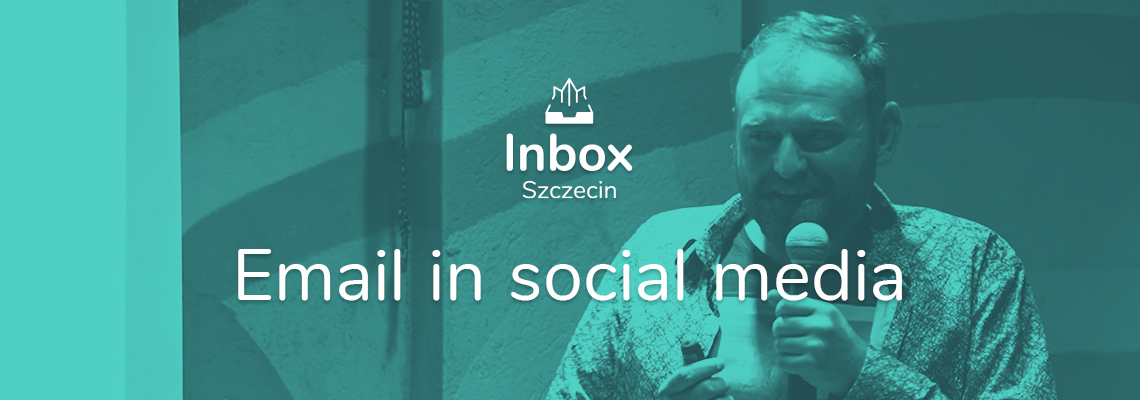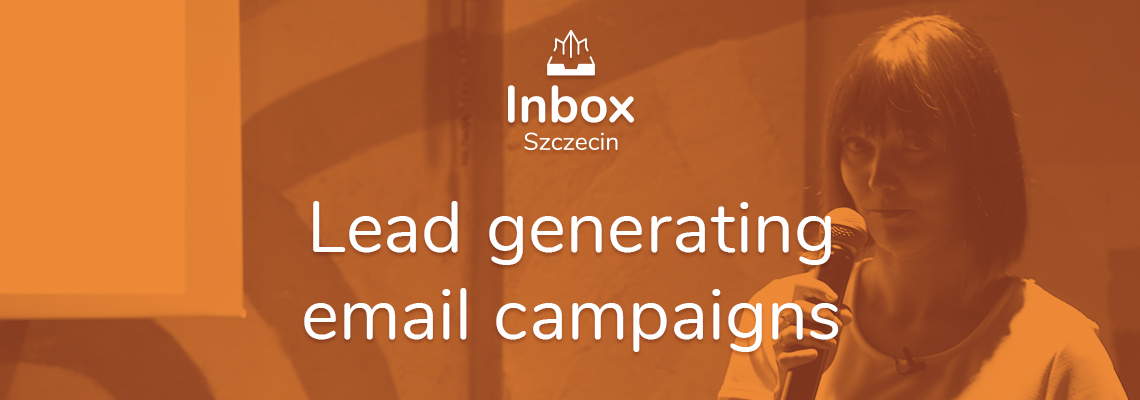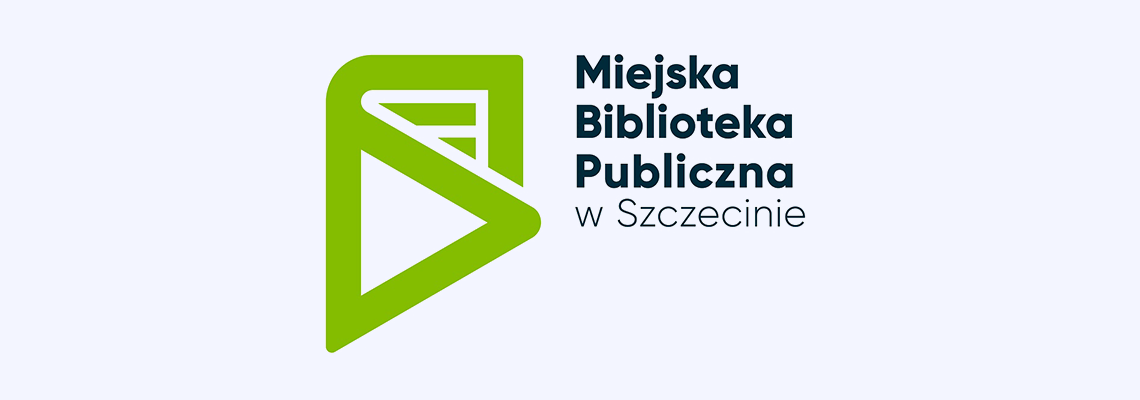Inbox Szczecin is a meeting focused on email marketing and communication via email. Three specialists shared their knowledge and answered the questions of the listeners.
Katarzyna Pytyś gave a lecture during our first annual Inbox Szczecin meetup that took place in October 2019. She's an SEO Copywriting Specialist from the company Hairstore.pl with many years of experience and a knack for books. During Inbox Szczecin, she explored the subject of email in e-commerce. You can listen to her (and read the transcript!) below. If you want to watch the full Inbox Szczecin presentation, take a look at our playlist.
Table of Contents
- About Kasia Pytyś
- Introduction to the basics
- Let's talk about emails in e-commerce
- Using the onboarding path
- What can you find in an email?
- Email subject lines based on CTR
- Email subject lines based on CTOR
- The takeaway
- The mobile users
- The best newsletters of Hairstore.pl
- Summary of presentation
- The questions
About Kasia Pytyś
Before I start the presentation and move to the more substantive part - email in e-commerce, I’d like to say a few words about who I am and why I’m actually voicing my opinions today. As talking about myself is my favorite thing to do, I created a little chart.
I’m an SEO copywriter for Hairstore.pl, and I'm a Polish philologist by education. If you go to Hairstore.pl, I've created around 75% of the content. I've been involved with around 15,000 product descriptions while working there, so quite a lot. I’m also the marketing manager for Hairstore.pl. Let's try to keep this short as the marketing manager covers a lot of tasks and I don’t want to bore you. I’m also an avid bookworm - I read a lot of books. At some point, I wanted to tell you how fast I can read but I realized no matter what words per minute number I would call, there will always be someone who will say that I probably don’t understand it anyway. But I can still say it if anybody wants to know.
And finally, what do I listen to? I’m a huge fan of Ed Sheeran, I don’t ever take any negative comments about him. I think that he’s really handsome by the way.
So what else can I tell you about me? I also wanted to mention a short story. I recently attended a very official conference with a majority of men who were talking about their businesses. And you know how men talk about their companies, they boast a lot about them. They like to brag about how much they sell, the tools they use and so on.
There was this one gentleman who by all means was a man of success and he started his presentation with a picture of him on a bike. He said that he does sport cycling, and I thought that it was so genius. I too, have a sport that I like to do and I do it very well, and it’s eating and drinking beer. Since we are in a pub, I decided to show you what I mean. You can see that not only do I eat and drink, but I take pictures too. With that said, let’s get into something with more substance.
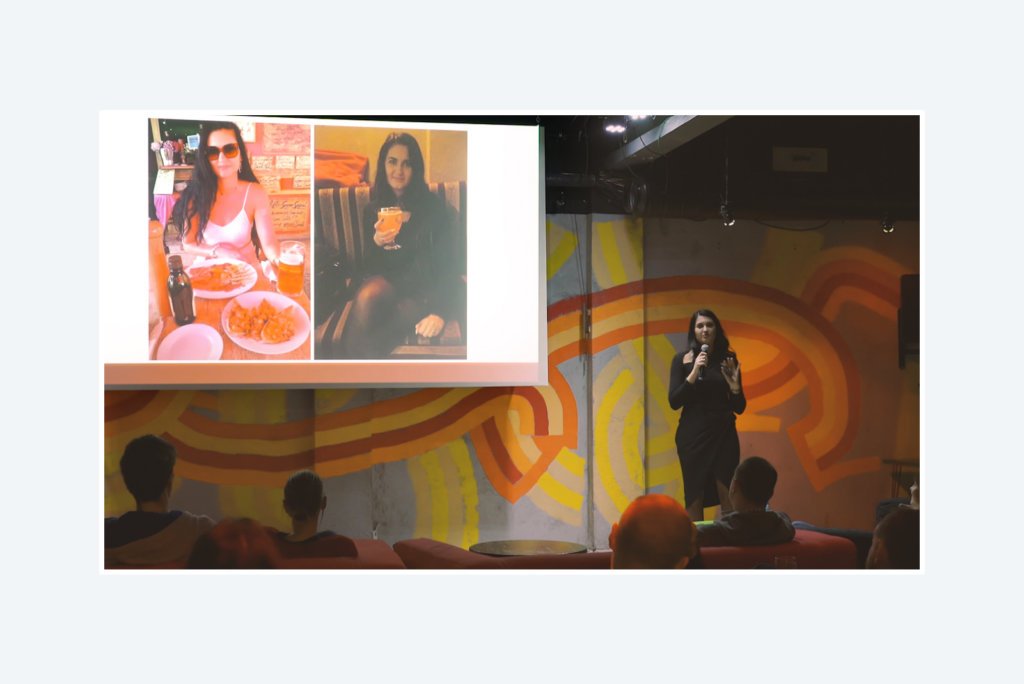
Introduction to the basics
I believe that among the audience there are people with different levels of knowledge about email marketing, so I decided to explain some concepts that I’m going to be using later in the email in e-commerce presentation so nobody will get flustered or confused. To be clear, I don’t know them by heart either.
So, let’s start with open rate. This is one of the basic indicators that checks if our emails are even getting opened. I believe that this is the first thing that we analyze, because if our subject line doesn't attract subscribers to open an email, then they won’t even see what’s inside it.
It’s obviously worth paying attention to this indicator. With that we have two other pointers, one is CTR and the other one is CTOR. The first one differs from the second one by the number of unique clicks to the number of emails sent for a specific campaign, so all emails sent. The second one only tracks the number of opened emails sent for a specific campaign. The first one, the CTR, will always be a little smaller. The second one will be bigger because we are not considering the whole database but only the people who opened the email.
To give you a real-life example from Hairstore.pl, I’ve created a pie chart to showcase how email presents itself in e-commerce among other marketing channels. As you can see, it’s around fourth place. Of course the biggest ones are ads, organics and social media, but mailing got an honorable spot. What does this mean? It means that email is a very big channel for us and we need to look after it.
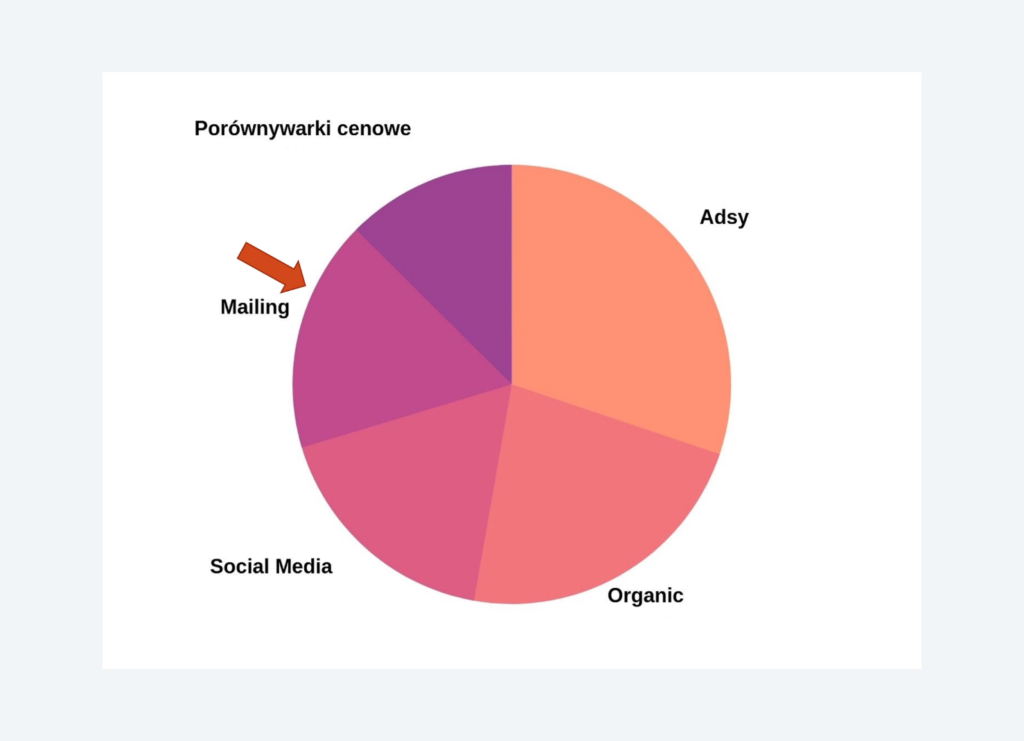
Let's talk about emails in e-commerce
The first thing is what are we doing with emails? For starters, we want to gain customers so we want them to subscribe to our newsletter. The best way to do so is to “bribe” them. So we give them 20 PLN for signing up. Obviously, we don’t wire the money but we give 20 PLN as a discount they can use in our store.
Where are we trying to invite them? We have a sign-up form at the bottom of the page with a nice design and some additional details. We also have a popup message with a pretty lady looking intensely saying “come on, sign up and we’ll give you 20 PLN”. Also, just to quickly mention, if you want to have a pop-up on your page, you need to keep the number of information fields to a minimum because most people don’t really like to share a lot of their data, especially if a lot of it is required.
So, people would rather not give too many of their details. With GDPR and even higher data security than before, if we give them too much to fill out, they probably won’t do it at all. We have even given some additional details in our pop-up, but as you know, a lot of people have trouble with reading on the internet so they probably skipped it. When a person signs up, they receive an autoresponder that also includes a pretty lady that greets new subscribers.
What is the most important part of this message? This email has to show up in the inbox really quickly because the person who signed up wants this code now to use it right away. Because of this, we created a simple autoresponder with no extra details, just the code. I wouldn’t advise doing anything more - just keep it simple. They have to be able to find the code right away, otherwise they will lose interest.
You have to know that in our case this autoresponder has the best rates and generates the most purchases. If you give a person a discount, they will react by buying something. Also, the discount usually applies only if you exceed a certain value so the basket final amount is larger. Our specific discount is applicable from 150 PLN and above.
Using the onboarding path
Another thing that we do in Hairstore.pl is the onboarding path. This is new, we just recently started doing it. This path is something that we want to give to a customer that is not necessarily sale-oriented. I have a feeling that this sales process isn’t entirely comfortable for our end users because as you know everybody wants people to buy, and the customer is gets pretty bored with such a straightforward approach. That’s why the customer expects something extra from the shop.
The onboarding path is the answer to that. The first message comes within the first day after a confirmed subscription. Essentially in this email, we welcome customers to our shop, show our store benefits like free samples, free shipping and our great reviews - on average 4.9 out of 5 on Opineo. We also mention that we adopted an alpaca in the zoo. So if you support anything that is related to the environment, it’s worth mentioning. It’s neutral and not sale-oriented but it goes well with current trends. Customers notice that as well because they are trying to be more environmentally friendly. It would be definitely beneficial to tell them what you do.
The second email is sent on the fourth day after the confirmed subscription. I want to point out that we don’t flood the customers with messages every day because they will simply stop reading. In this email, there is a gift and this gift, actually written by me, is a phenomenal ebook about hair care. I don’t pressure customers into buying anything within this ebook. I write about hair care that you can do at home with tools and cosmetics you already have - no need to buy new ones. So what happens here is I’m putting our store and our communication between customers as an authority. We show that we know how to care for hair and that we’ve read about it and done our research.
The next thing we showcase in this email is links to our blog. We write about which shampoo or conditioner to use - again, nothing sale-oriented. These messages are more informative, showcasing our knowledge, our sales technique and dedication to the subject.
The third email is sent on the seventh day after a confirmed subscription. Here, we start to tease customers with a promotion. We’re starting to get a bit more sale-oriented showing our offers and free gifts. We encourage them using a CTA and we also guide them on how to navigate our page - just the basics like the search bar. You can believe that some customers have trouble finding it. We show how to add items to the basket and how to place an order. At the very end, we invite them to check out our blog. Again, we inform customers that we have expertise on the subject and we introduce the store, but we’re not very aggressive with sales as of yet.
The Fourth email, the last one, is sent on the eleventh day after the confirmed subscription, and in short, we show how to place an order and how to use the promo code that is soon to expire - it’s the code from the first email. We invite customers to visit our top categories in the store where we get the most traffic.
What can you find in an email?
Now I’m going to tell you what information you can find in our emails. I’d like to point out that this of course in only our perspective and our way of handling business, as there are many stores that do it differently. They don’t cut prices like we do. We offer a lot of discounts and promo codes in a balanced way. We also create offers for special occasions like Black Friday, Valentine's Day and Christmas. These are the obvious ones, but we also look for lesser-known holidays like Snail Day or Coffee Day.
We tried to match these days with our products, for example, slime or coffee creams. It’s not as obvious as Valentines Day, but our customers were really interested in it precisely for this reason. We present new brands and products, free shipping options and my favorite - blog posts. Blogs are my baby that I have taken care of for a few years now.
So this is, more or less, the information that we include in our emails. We’re not reinventing the wheel here, there are no secrets that I can show you. This works well with our company and our brand policy, so this is essentially what we have established and what we do.
Email subject lines based on CTR
Okay, let’s move on to the content. What do you see as the best email subject lines? I have a tendency to think that whatever I come up with is really funny, but usually, customers think differently. That’s why it’s better to create subject lines based on what is attractive to the customers and what they will click on. Do research, otherwise the outcome might be disappointing.
My advice is to tone down your wild imagination and choose the option that simply works. The subjects here and not very detailed. They mostly consist of a discount, a great free gift, Black Friday promotions or a huge sale. However, the open rates of those email subject lines are pretty good. I have to say that honestly, I have no idea what a perfect open rate looks like. Somewhere I read that 17% is a good result, but I can’t confirm if this is in fact the case. Our subject lines encouraged customers to click through which is the most important part as they can notice them and react accordingly.
Let’s summarize the subject lines with the highest open rate. We have keywords that are “holidays”, “gift” and “discount” - no surprise there. Percentages and words in the CTA that worked well are “receive”, “gift”, “buy”, “order” and “care”. These are direct requests for action, they're not incidental. It’s something that encourages customers to click and open an email.
Email subject lines based on CTOR
Let’s move on to other indicators now. For me, these are the best but it all depends on the brand and business. It can be different for everybody. So again with big sales, new items or Cheap Friday where we have promotions for over 4,000 products priced from 3,45 PLN - this one worked great. Essentially, what we get from it is that people like discounts. They like free stuff and they are not very interested in new items. This new product was exceptionally high because it was for men but I’m going to explore the men's group later.
Now, we have CTOR and this is pretty much a mix of all the subjects from before. As I said before, I hope I explained well enough that CTORs are bigger because they only include opened emails. Cosmetics from 3,45 PLN worked incredibly - that’s nothing new to me since our prices are usually way higher. Such a low price definitely intrigued many people to open the email. There is this new item for men, there are sales and Black Friday - these are not surprising, and I realize that. However, I just wanted to show what works in our company.
The takeaway
Key visuals with featured graphics were the ones that had the most clicks. For me personally, the whole path is the most important. Once a customer opens an email and sees what is inside, the website has to match it. If we send an interesting email and the page doesn’t correspond, it’s just not going to work. When we launched for Black Friday, customers could go to the page and right away filter through all our products. They were able to find the ones that were discounted and then purchase them. GIFs work really well, especially with the younger generation using emails, as they like moving pictures and blinking lights. Then, we have promotions with massive discounts, as I said before.
We also noticed that customers are more likely to click on categories than stand-alone products. But I do have to say that we have around 20,000 products, so it’s hard to match single products to the targeted audience. It’s easier to interest customers in categories, and it’s also easier to monitor that on our end. For example, I mentioned men before. Men have a better click rate as they are more decisive. Women search and click and scroll through making so much more traffic, but they will not buy anything. On the other hand, men just go to a specific page and make a purchase. We have to take into consideration that men are a significantly smaller group than women but when they go to the page they make a decision to purchase, which we are grateful for.
The mobile users
Let’s move onto responsiveness and mobile customers that are currently a must have if you have any online business presence. This pie chart presents the number of people that access the page and do perform actions. There is a massive amount of mobile users, overwhelmingly bigger than the rest - 71,5%, Desktop - 25%, Tablet has a small percentage as well.
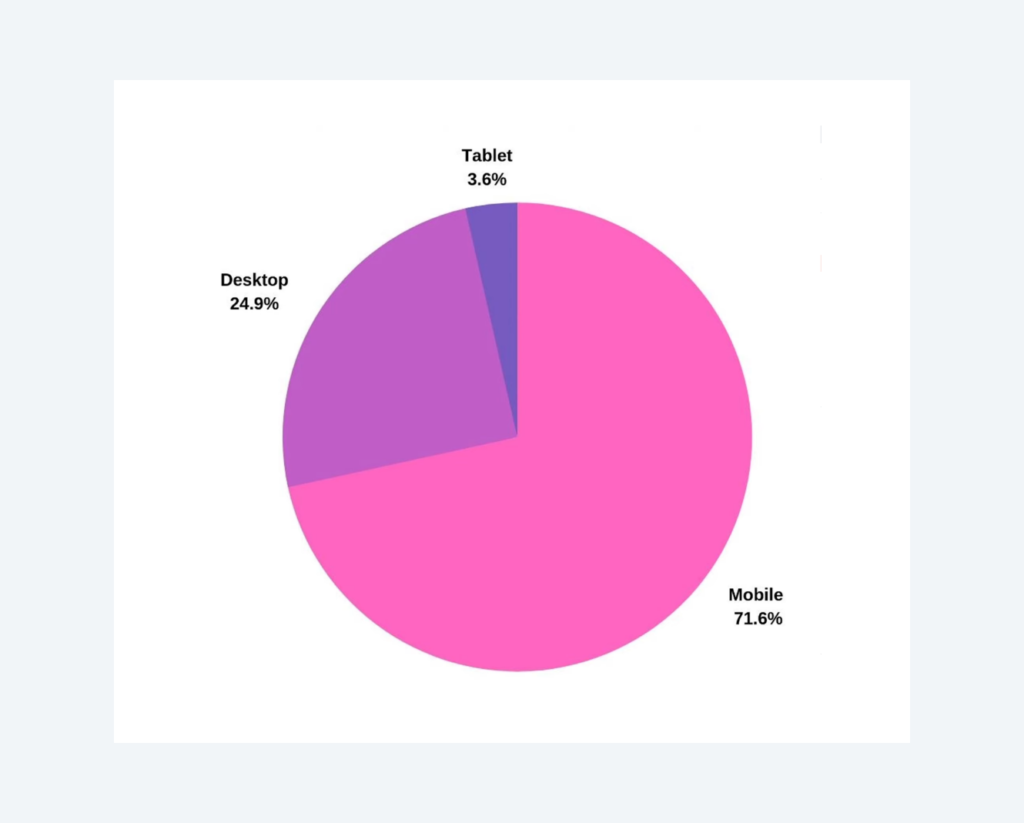
I believe that this tendency is going to grow, especially with constantly improving payment systems that are more accessible for mobile. In the past, people could browse products on mobile and add them to their cart but could only finalize the payment on desktop. Now we have mobile payments like Venmo or Zelle that revolutionized the payment system, making it easier and safer for people to use their phones to order things online.
How do we care for mobile users? Of course, the first thing is optimization. We optimize everything that users can interact with and click. They need to do it easily, without pressing 3 buttons at once which is inconvenient. We are constantly testing color schemes, fonts, buttons, even times, sizes and numbers of banners and so on. Consider that even though scrolling comes naturally to the customer, an email that is too long and isn't interesting will bore customers and they will stop.
We are optimizing autoresponders which are pretty interesting. We should always check our autoresponders from time to time so they won’t get outdated. It’s not going to look good and won’t be consistent with our current plan. We are also trying to balance the content between discounts, new items and promotions and we are always looking at improving these strategies. The last point is not only for mobile customers, however nowadays, if you design anything you should start with designing for mobile. Otherwise, it might be hard to make it stand out and work well at the same time.
The best newsletters of Hairstore.pl
I’m going to move on to the best newsletters we've created. This one is for Black Friday. In all the previous stats I showed you, Black Friday was pretty high on the charts. This email was short because we wanted to make the number of discounted products the main focus. We wanted to make it short and clear, showing our most popular products as well so our customers would take action instead of reading an email.
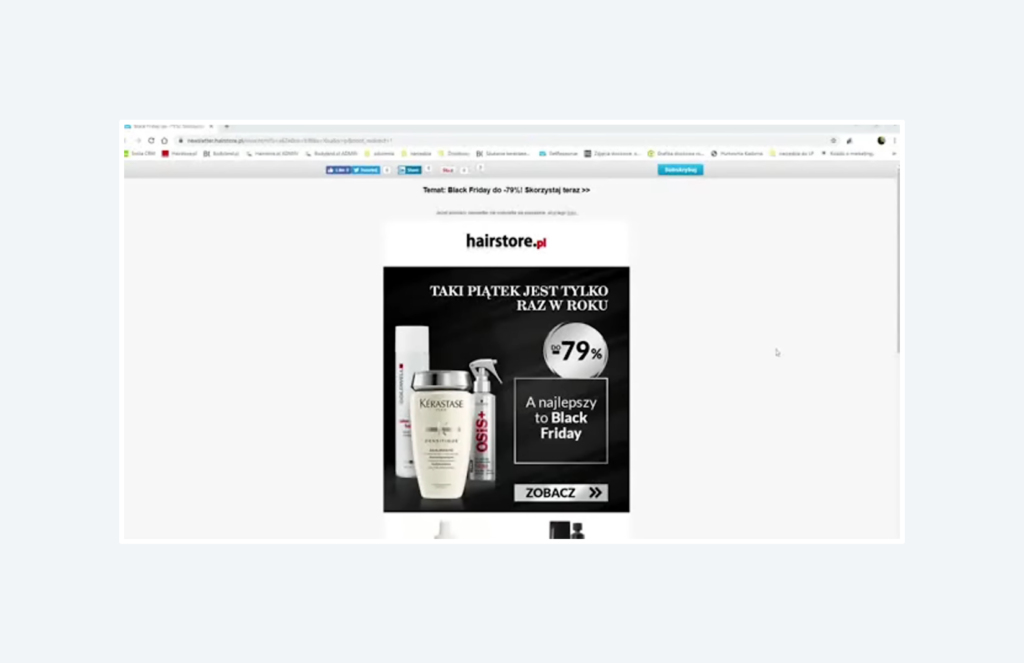
For Cyber Monday we had a pretty similar email since it’s not worth messing around but focus on something that already works. With Cyber Monday being so close to Black Friday, we decided to create a similar newsletter with the same format - 4,000 products with huge discounts, and it worked. We also included the most popular categories in our shop.
Newsletter for men showcasing new beard cosmetics, Barbieri, that they received very well. Ever since beard care became more popular, men have become more inclined to purchase such products. In the beginning, it wasn’t going great because those items were quite expensive and there was no direct reason why men should pay 50 PLN for beard soap when they could just borrow their girlfriend's shampoo. Now, there are a lot of brands to choose from and men are far more interested in these products. So in this email, they got 10% off the new brand and we also showed them our bestsellers. We also wrote a blog post about hair powder and encouraged them to buy this product.
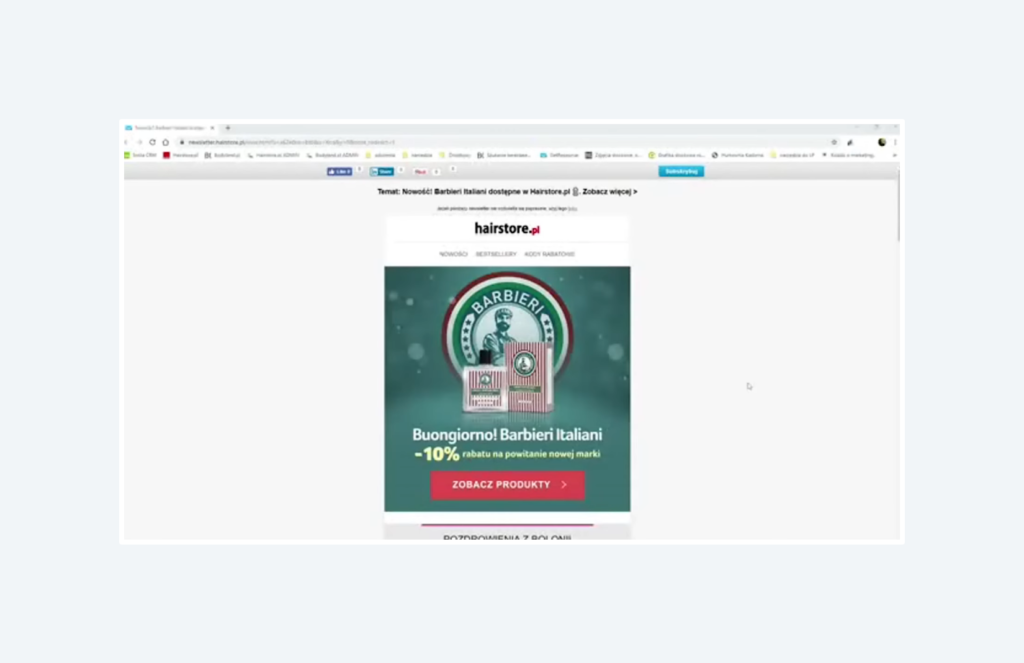
Next is the newsletter for women. It’s interesting that women are more likely to click on sales while men prefer best sellers and new items instead. For this newsletter, we decided to show starting prices from 3,45 PLN which we also mentioned in the subject line. We also included new items from the men's category because it’s mostly women who initiate the shopping. Women are looking for different, new items and then men are the ones who make the purchase.

Summary of presentation
Let’s talk about some key points of the email in e-commerce presentation. What are the email-related elements that we care about? We care about building our subscribers list. This is the most important part because we need to have subscribers who we can send emails to. This needs to be a focal point that we always want to build and grow. Otherwise, without these people that we can send emails to, it’s pointless to create them. Then, we segment our lists. We want to personalize the content and we are looking for similarities in our subscribers. The people who get our newsletters have to feel like it was not mass produced, but you catered it towards them. To motivate our subscribers, we send them promo codes for many different occasions. We also create automated paths, which I mentioned before, but we try to make them interesting - not only sales-oriented.
This means that we need to cater to customers, creating something special that can’t be that easily found on the Internet and that will be targeted toward this customer, not just everyone. Once you personalize the content of the email, which is a key element by the way, the customers will feel like they are not just another face in the crowd but that they are special to you, that you care about them. Our customers need to feel that they are important to us, and this is exactly what we are trying to do with our email marketing.
The questions
Thank you for the email in e-commerce lecture. I wanted to ask about personalization and how you use it. Could you give us an example of what you are doing in regard to newsletter personalization?
The first, pretty basic example is using the name the customer gave us when they subscribed to our newsletter. Then, we usually try to further personalize based on what customers did on our page or what they bought.
So I understand that this is in some way automated, that you can send personalized newsletters based on client history. Is there anything else you are implementing?
Well, off the top of my head it is mostly that.
Hi, I wanted to ask about subject lines and open rates. Can you tell me if using all the popular words like “buy” and “discount” won’t make email go to spam? Like how does it work?
So, I know that some of our emails go to spam, but the amount is very little. According to analytics, our emails are reaching our customers. Additionally, I know that these words are very popular and frequently used, but based on our customers, they are the ones who click on those subject lines the most so we target them accordingly.
I’d like to follow up on personalization. Are you using any techniques that are based on recommendations depending on customers activity, what they bought, what other people bought, I mean, anything more advanced?
We are currently in the middle of implementing more advanced programs so I regretfully can’t really say anything more about it.
Hi, I wanted to ask if you ever experimented with AMP format?
No, not yet.
But you were looking into this?
Yes, we are but so far we have not done anything more with it.





